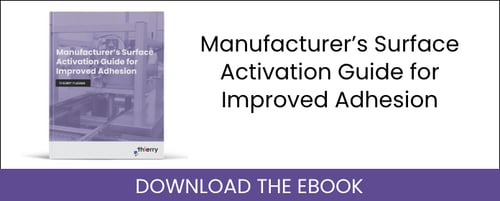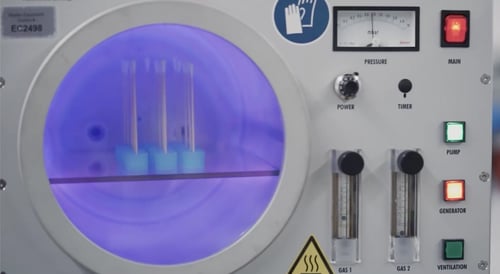Plasmas are gas mixtures of ions, electrons, radicals, neutral atoms, and molecules. Plasma was first discovered by William Crookes in 1879 and called "plasma" by Irving Langmuir in 1929. Since its discovery, plasmas have aroused great interest, both in basic research and in applied science and technology in diverse fields. One of its applications is plasma treatment, which modifies the surface of different materials (e.g., polymers, metals, textiles, and ceramics, among others) in very different ways, depending on the parameters of the treatment. The different types of plasma treatment include cleaning, etching, and activation with plasma. Also, in the last decades, plasma systems have been designed to treat different geometries and types of materials. With a plasma system, it is possible to treat two-dimensional or three-dimensional pieces of varying size, different materials, and even powder.
Why Powder Plasma Treatment?
One of the applications of plasmas which has attracted the interest of the industry in recent years is powder plasma treatment. Powders can be used in materials for bioengineering, composite materials, materials for paints and coatings, among many others. Modification of powders is a complex process because of the three-dimensional geometry of the particles or grains of dust. There is also a need to control the mixing to avoid the phenomena of aggregation, and the large surface area which must be modified in a uniform manner. The use of a plasma system allows you to overcome these difficulties, and it has the additional advantages of being economic, efficient, and environmentally-friendly. A specific example of the powder plasma treatment is the oxidation of polyethylene powder with atmospheric air plasma.

